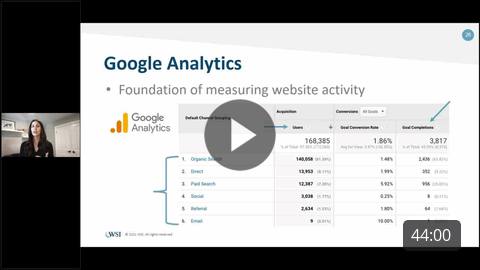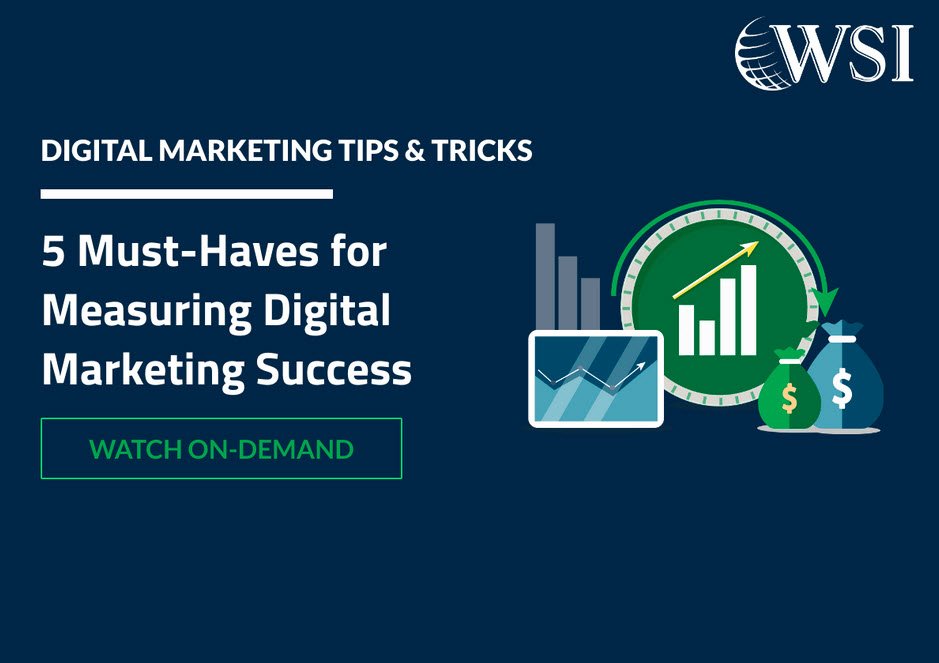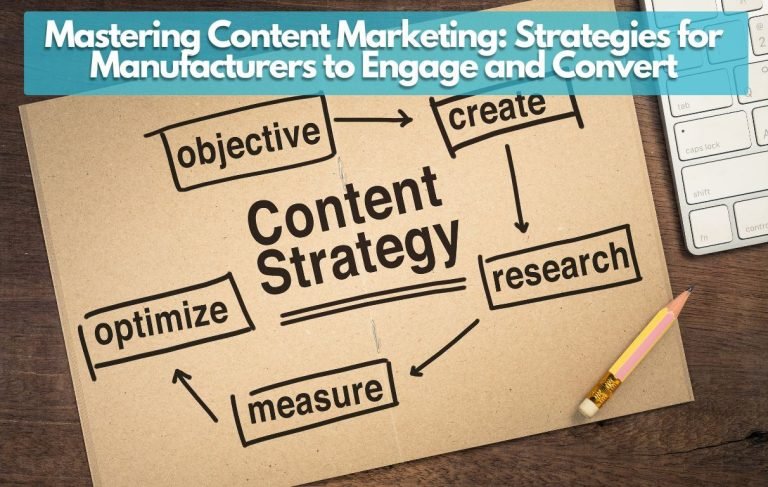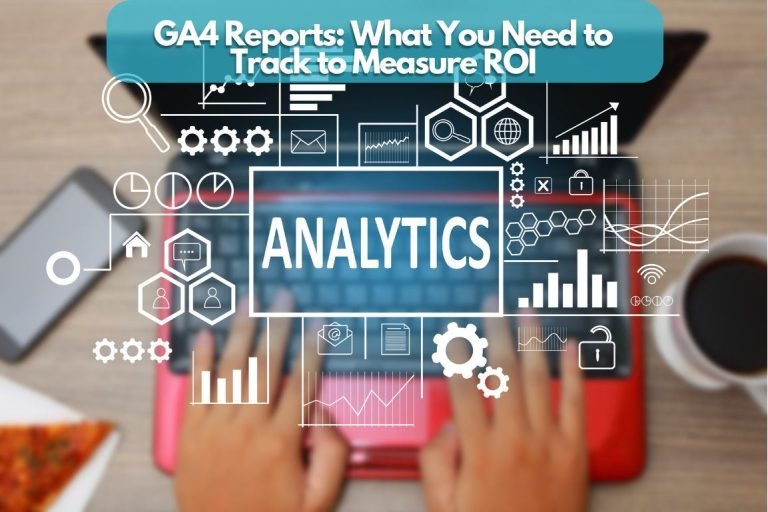Summary: If you to want to accurately measure the success of your digital marketing efforts there are some key performance metrics that you need to monitor. Below are 5 important things to track that will help you determine the success of your marketing efforts.
Watch our recorded webinar on this topic and read our summary below:

Benefits of Measuring Online Lead Gen Activities
Knowing how well your current marketing efforts are performing and delivering results will help you make smarter decisions.
Calculate the ROI (return on investment) by quantifying the dollars made from each effort, to help you determine what to continue and what should be stopped or changed.
This will guide your decisions on next year’s marketing budget allocation. It’s not just marketing that can be changed – these metrics will provide additional insights about changes needed in your business operations and systems.
1. Understanding Digital Marketing Metrics
Focus on tracking the things that are most important to you. Below are some key metrics many businesses actively monitor.
User info is useful when marketing efforts are in place to promote new visitors to your website:
- Website traffic = total traffic, new users, and traffic source (organic, paid, social)
- Technology = device type, device info, and browser
- Activity = page views, duration, and conversion rate (the number of users who took the desired action over the total number of site visitors)
- Demographics = visitor location, age, and gender of those who visited your site
- Review trends in your analytics data over several months/quarters to previous periods
Website leads are created when visitors complete a goal and convert by completing a specific task on your website. These conversions can include phone calls (tracked through a phone tracking service), completing form submissions, newsletter subscription sign-ups, or engaging in online chats. For example, if you use an online chat, compare how many chats were started to how many converted into actual customers.
Website events are less direct actions that you still want site visitors to complete. These include things like specific site page visits, video plays, site searches, session duration time, or downloading a PDF doc.
Ecommerce websites need sales-specific measurements that include purchases, average order value, conversion rate, cart abandonment, and acquisition cost. If you want to get more details on how to measure Ecommerce success, check the blog achieving excellence in ecommerce on the WSI corporate site.
Paid ads spending is expected to reach $455 billion globally this year (2021) which is a 20% increase over last year. If you are using paid ads online you should measure things like:
- Impressions (how many times your ad is viewed)
- Click-through rate (CTR) (the number of clicks on your ad versus the total number of users who saw your ad)
- Conversions (the number of clicks that led to a goal completion on your site)
- Conversion rate (the percentage of users who converted on your site over the total number of users)
- Cost per click (CPC)
- Number of qualified leads
- Return on ad spend (ROAS)
There are some free analysis tools online that you that you can check out, or work with a digital marketing consultant who can review how effective your paid advertising campaign is performing.
2. Lead Tracking Attribution
This marketing term refers to tracking – or attributing – each lead to a specific source, campaign, or channel. Channels include SEO, paid ads, social media, email marketing, blogging, or referral sites.
This information can be determined by using Google Analytics on your site. This allows you to see how visitors find your site as well as what they do when they get there. The following things can be tracked:
- Use dynamic call tracking to determine the source of visitors who called the number on your website.
- Use contact forms to monitor which originated from your website visitors. Create unique thank you pages to help track the source of the completed form.
- Ecommerce sites can be set up to track purchases directly on Google Analytics or through using a plug-in.
Although Google Analytics is comprehensive, it does have its limitations. The use of a robust CRM (customer relationship management) tool provides the most accurate and in-depth data about each customer’s path. Look at using platforms like HubSpot or Zoho to get started.
To attribute paid ad campaigns, use the analytics on each specific platform (Google Ads, Facebook, LinkedIn, etc.) to get the data you want
3. Dashboards and Benchmarks 
Tracking is an on-going process that must be routinely done. You need to compare important metrics to previous periods (monthly, quarterly, annually, seasonally). Consistent reporting allows to see trends. Display data in dashboards that provide a holistic view and to help you see trends quickly.
A comprehensive dashboard provides a central overview of all metrics. It can be divided into sections and customized to display the most important key metrics for your business. In addition, each element can be expanded if you need more details.
4. Testing the Effectiveness of Digital Marketing
In order to use this data to help you accomplish your goals, you need to test which changes will help improve results. It’s usually a good idea to start by testing what is not working.
AB / Split Testing compares two versions of a site page or Landing page to determine which performs better. You can look at wording/messaging, colors, placements, images, and actions. You be careful not to try testing too many things at once because your results maybe too vague.
Heatmapping tracks visitor behavior from mouse movement on a website page. This can provide valuable data on how visitors interact and view site page content.
By combining these two things you get greater insights that will help move you towards your goal.
Testing can take a fair amount of time. Sufficient time is required to collect enough data from visitors before you can make any conclusions. Testing is a reiterative process. For optimal results, you need to test, analyze, then repeat!
5. Competitor Insights
How do your metrics stack up against your competitors? You can compare things like website visitors, organic traffic, paid ads, and social media through competitive research.
Review the marketing efforts of your primary competitors at least couple to times a year to stay informed of changes they are making. Look for gaps that you need to fill and invest more into the unique things and strengths that help you stand out from the crowd. Would you like to learn how your website stacks up against your top competitors and identify some initial marketing opportunities for your business? Then complete the form at the bottom of our competitive analysis site page and ask for a free competitive analysis!
For more information on measuring the success of your digital marketing, contact us today!




